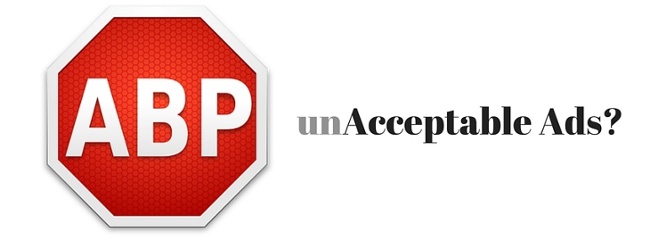
Adverts have been a regular part of life for everyone using the internet from the moment they were born, whether it’s Billboards, Radio & TV ads or sponsored posts on your Social Media. Advertisers who use TV and Radio ads have always had to deal with people simply switching channel when their ad comes on. TV on demand and the ability to pause and fast forward live TV has only exacerbated their problem.
On the internet there is an even simpler solution. Downloading and installing an Ad blocking program takes seconds and the best ones are highly effective. Though those using ad blocking programs are not the majority of internet users they certainly are a good portion of them. AdBlock Plus self reported 60 million regular users of their software in mid 2015. AdBlock Plus grew out of customer demand, ads on the internet became more and more intrusive. Anyone who was using the internet in the Noughties almost certainly experienced bright, flashing, seizure inducing banner ads. Auto-playing video ads and obnoxious pop-ups were a part of every day life for many.
The people creating and placing these ads pushed their luck too far in essence, and in response to ads that were creating an unpleasant browsing experience Ad blockers began to appear.
Ad blocking software has never been without controversy. Many websites rely almost entirely on ad revenue to function, almost any site with a journalistic business model will rely on ad money to finance itself. Ad blockers can directly harm the cash flow of these websites, even force them into ruin in the worst cases. It is a common sight to see such websites asking their loyal users to turn ad blockers off for their site so they can access their much needed ad revenue. To their credit apps and add-ons like AdBlock Plus usually have a whitelist or exceptions list built in so you can pick and choose where you would like to see ads.
This strikes a balance between the user and the site owner. The user recognises the need for the site to generate revenue and the site in turn must endeavor to only show ads that are deemed acceptable by the user. Otherwise they will simply turn their ad blocker back on.
Ad placers have never liked ad blocking software but there is little recourse against it, it is simply a fact of life for them. Marketers and Advertisers have had to create new strategies less dependent on bombarding consumers with unsolicited messages and offers. In this sense ad blockers have been good for the industry, the increasing popularity of permission-based marketing is helping to relieve some of the distrust between consumers and marketers.
AdBlock Plus ‘Acceptable Ads’
AdBlock Plus has a feature called ‘Acceptable Ads’ which is turned on by default when you download the program. This is the feature that has been causing some controversy and the legality of it has been challenged in Germany. ‘Acceptable Ads’ means that those wishing to place ads can apply to AdBlock Plus and request that their ads be let through the normal filter if they meet certain requirements. For many companies AdBlock Plus requires the payment of a fee for the privilege of those ads getting through the filters.
Free software like AdBlock Plus is normally funded by donation, or ironically, through the inclusion of ads. As demand for the service has grown and the level of sophistication of the app has increased to make it usable across various platforms and browsers so have the associated costs. AdBlock Plus view ‘Acceptable Ads’ as a compromise between giving their customers the optimum browsing experience and maintaining financial viability. AdBlock Plus often does not charge smaller businesses to get their ads whitelisted. This is inkeeping with their ethos of ‘supporting the little guy.’
Advertisers are not happy about having to pay to be on the whitelist in AdBlock Plus and similar apps. In their eyes AdBlock Plus are extorting money from them, requiring them to pay a gatekeeper with no connection to the site they wish to advertise on. As yet there have been no legal rulings against AdBlock Plus or their parent company Eyeo in this regard.
It is reported that giants like Google, Microsoft and Amazon are paying AdBlock Plus to make it onto their whitelist. No matter how much is paid the ads of the companies still have to satisfy the strict whitelist guidelines and the user community can report ads that they feel have slipped through the net and do not satisfy the criteria.
Ad blocking Apps may all have to begin using some model of acceptable adds as pressure grows from giants like Google and industry boards consider legal action in many countries. The message from the advertising industry is simple. They understand that Ad Blockers were a response to intrusive ads, but Ad Blockers stop good and bad Ads alike. The industry is moving toward a model of self-regulation to ensure that people don’t feel the need for ad blockers. Ads are a huge part of the eco-system and both advertisers and ad blockers have a claim to ‘being on the side of the little guy.’
AdBlock Plus are walking a tightrope and their service will never be without controversy. Acceptable Ads won’t be the last contentious change to anger both users and advertisers.
Related Post
Effective Facebook Marketing...
With over 600 million users, Facebook represents the single most connected platform on...
- March 1, 2011
- By Nadine Thomas
- Latest Online Trends
Monitor, Influence and Lead...
Get Actively Involved in the Outcome of Search Results Don’t take negative publicity...
- April 28, 2011
- By Rob Thomas
- ORM
Free Online Reputation...
Listen to What’s Being Said About You Online (Free online reputation monitoring...
- May 5, 2011
- By Rob Thomas
- ORM
Top Tips for Product Page...
As the internet evolves and user expectation becomes increasingly sophisticated, creating...
- May 31, 2011
- By Rob Thomas
- e-Commerce
How To Drive Sales With...
Landing pages have long been the primary tool of the web-savvy marketer. Whether the...
- June 12, 2011
- By Nadine Thomas
- e-Commerce
Top Tips for Product Page...
Your website marketing activities are geared to getting a qualified audience to your...
- June 14, 2011
- By Rob Thomas
- e-Commerce


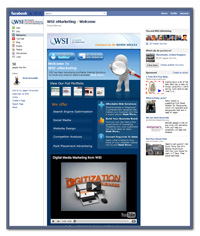


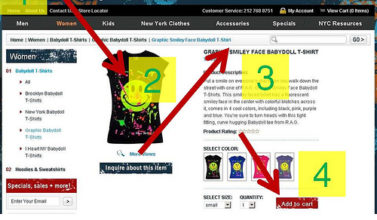
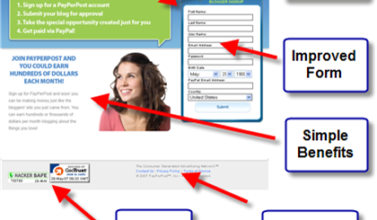
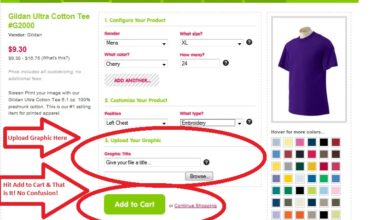




Leave a Comments